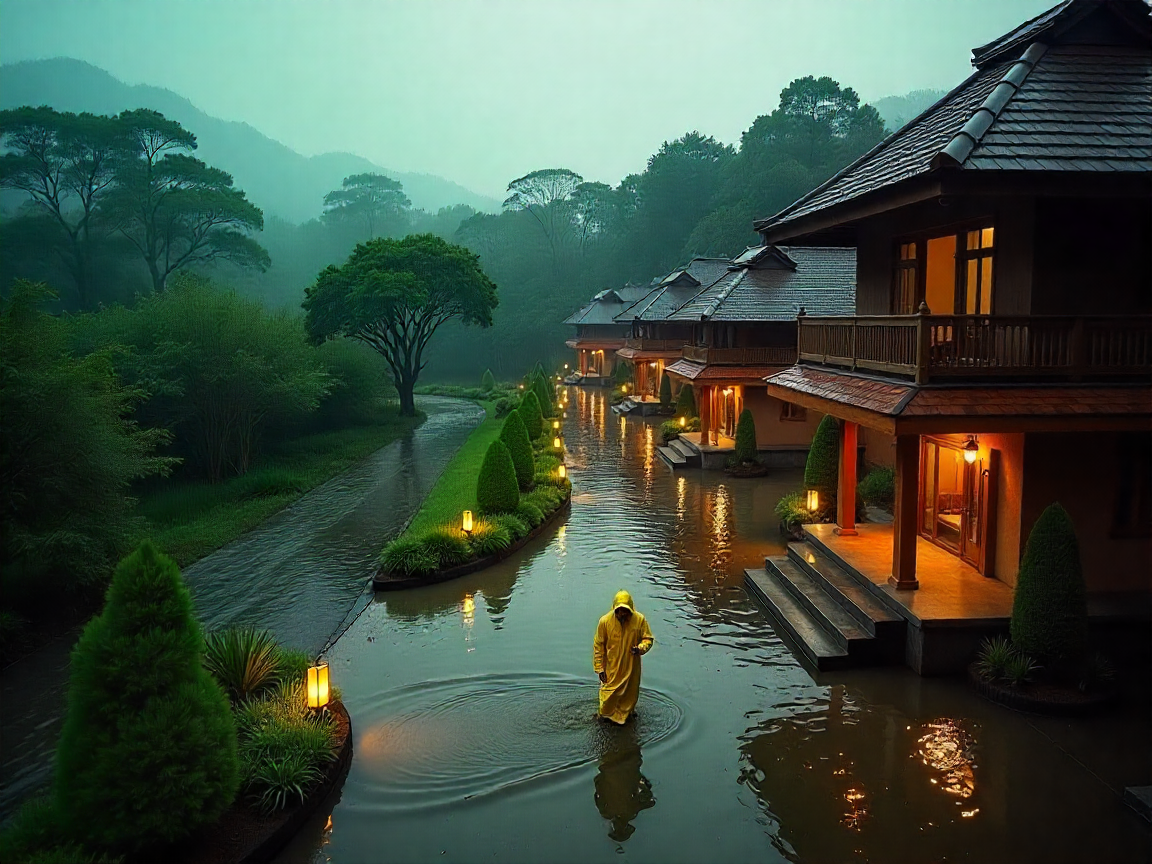Introduction of Royal Tulip Chitwan
Sarovar Hotels, under the Louvre Hotels Group, has announced the launch of the Royal Tulip Chitwan, marking the debut of the Royal Tulip brand in Nepal. Collaborating with KTM Hospitality, this luxury resort is strategically located near Chitwan National Park, aiming to cater to the increasing demand for high-end accommodations in the region.
Key Features of the Resort
The Royal Tulip Chitwan spans a substantial area of four acres and comprises 65 upscale rooms and villas, including Pool Villas, Water Villas, and traditional Machan units. Each unit is designed to offer stunning views of the natural surroundings, enriching the guest experience.
In addition to luxurious accommodations, guests can enjoy an array of amenities, such as:
- Spa and wellness center
- Fitness center
- Swimming pool
- Multiple dining options including a revolving deck restaurant and a sports bar
Statements from the Leadership
Ajay K. Bakaya, the Chairman of Sarovar Hotels and Director of Louvre Hotels India, expressed enthusiasm about Nepal’s rising status as a favored destination for travelers. He stated, “We are delighted to introduce the Royal Tulip brand in this beautiful country, merging luxury with local adventure and culture.” Rameshwar Shah, Chairman of KTM Hospitality, highlighted the resort’s commitment to respecting and enhancing Nepal’s natural beauty and cultural richness, reinforcing the importance of sustainable tourism development.
Historical Context of Tourism in Nepal
Nepal’s development as a tourist destination has been remarkable, particularly since the mid-20th century. The country’s opening to foreign visitors in 1951 unveiled its breathtaking landscapes, including its mountains and national parks. The Mount Everest ascent in 1953 further accelerated the growth of adventure tourism, and the 1960s saw an influx of visitors drawn by the allure of the Himalayas and emerging counterculture trends.
Chitwan National Park, designated as a UNESCO World Heritage site, has become synonymous with wildlife tourism, attracting eco-tourists with its rich biodiversity. From the 1980s onwards, Nepal further diversified its tourism offerings beyond trekking, leading to a surge in eco and cultural tourism.
Future Prospects
As tourism continues to evolve, the introduction of more luxury accommodations like the Royal Tulip Chitwan may significantly impact the international tourism landscape in Nepal. By providing unique and upscale experiences, this resort aims to attract a broader spectrum of tourists and support local employment. Enhancing infrastructure and maintaining environmental integrity will be crucial in ensuring sustainable tourism growth.
結論
The launch of Royal Tulip Chitwan represents a significant addition to Nepal’s luxury hospitality market, poised to attract both local and international travelers. As GetBoat.com observes, this initiative underlines the growing demand for premium accommodations and experiences in thriving regions like Chitwan, which can enhance the broader appeal of Nepal as a destination for boating, fishing, and myriad outdoor activities amid its stunning natural settings. GetBoat.com is always keeping an eye on the latest tourism news.


